Since its strong upturn in form that turned it into a consistent front-runner in F1, McLaren has been under the spotlight.
The Woking-based team has overtaken Red Bull at the head of the pecking order, having moved to the top of the standings after its victory at the Azerbaijan Grand Prix.
As is often the case when a team surges to the front of the field, its speed is viewed with suspicion by other teams. In F1, it is not uncommon for the limit of the regulations to be pushed in pursuit of speed.
One of the biggest talking points this year from a technical point of view has centred around the front wing of McLaren and Mercedes.
Red Bull and Ferrari called on the FIA for further investigation after it raised concerns over how much it was flexing. The FIA reiterated that it was happy all cars on the grid complied with the regulations.
Now, however, there is a new, notable area being watched. During the Azerbaijan Grand Prix, onboard footage of Oscar Piastri surfaced where the rear wing also appeared to "flex”.
It seemed the rear wing of the MCL38 flexed in a straight line, significantly reducing the angle of inclination of the wing. And while the DRS remained closed, the lower edge of the movable flap came up slightly, like a fold. This allowed the air to move better through the slot and main profile of the rear wing, albeit partially.
Immediately controversy flared up over the legality of the rear wing. From a technical standpoint, however, it is good to take a step back.
Article continues below the image.
Spirit of the regulations
At the same time, there is no denying that the McLaren's rear wing deflects, reducing drag.
However, this may simply be a limit that has not yet been set by the FIA. The only way to reduce the deflection is to set a strict limit and apply larger masses in the static tests of the wing.
Only, it would not solve the root of the problem in this case. The FIA stated in its report that it is objectively impossible for the wings not to deflect. The partial flexibility of these elements is an indispensable factor in the design phase. It prevents the wing from collapsing at full load.
But when it comes to acting in the spirit of the regulations, it is clear that McLaren is not doing so.
The only question is to what extent can something be done about it in the regulations? It works for McLaren, but any other team could have built a similar structure within the current regulations.
In practice, McLaren's rear wing could also create an aerodynamic disadvantage. Talking to aerodynamicists, it turns out that the gap between the main profile and the movable flap of the rear wing can only be partially enlarged.
When the flap folds in such a way that a gap remains in the slow turns, turbulent air is created. In fact, only a portion of the air can pass through.
Check out how McLaren's rear wing deflects below!
Also interesting:
Join RacingNews365’s Ian, Sam and Nick as they look back on last weekend’s Azerbaijan GP and look ahead to this weekend’s race in Singapore. McLaren taking the lead of the title and Red Bull now being the hunter are key talking points.
Prefer to watch the podcast? Then click here!
The famous RN365 calendar download is back! Add the 2025 F1 calendar to your schedule with one click and don't miss a second of the new F1 season.
Download the F1 calendarMost read
In this article
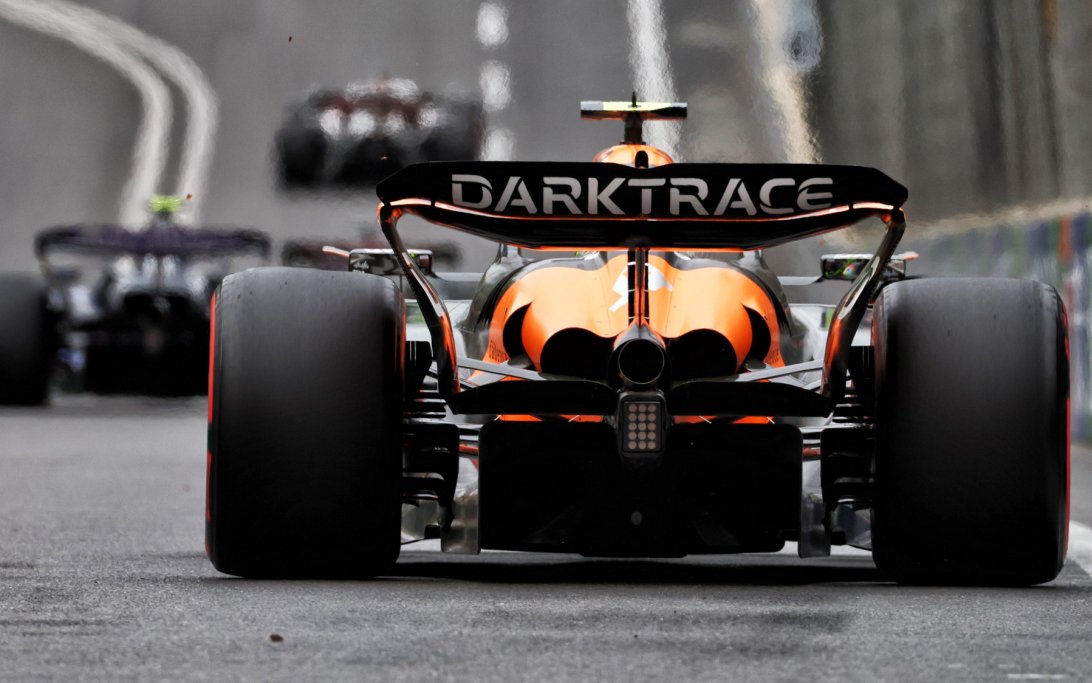
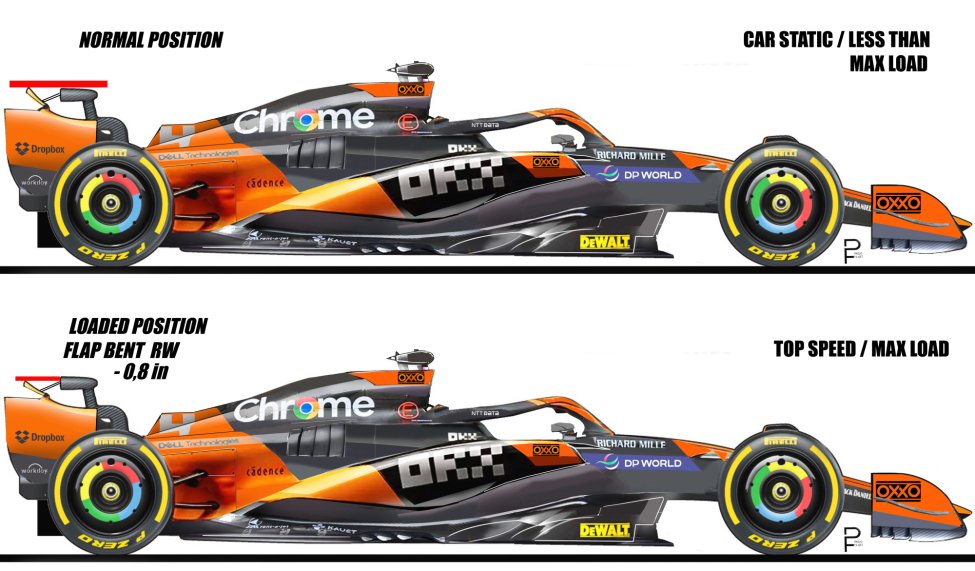
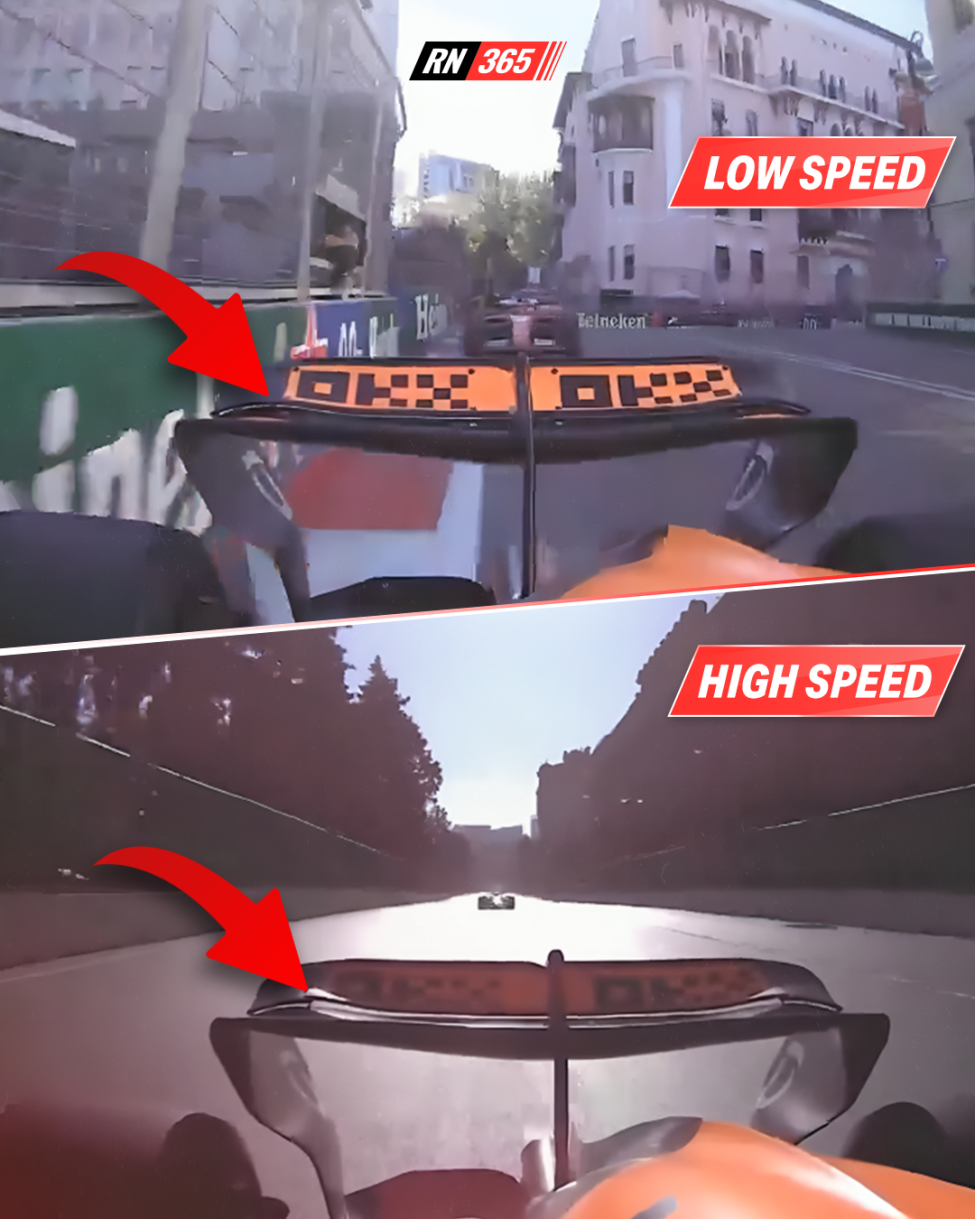


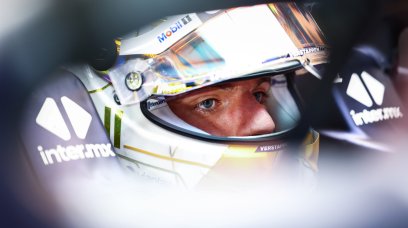



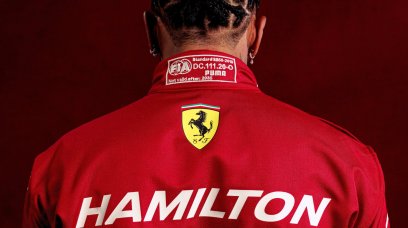
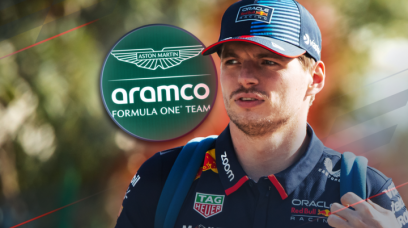
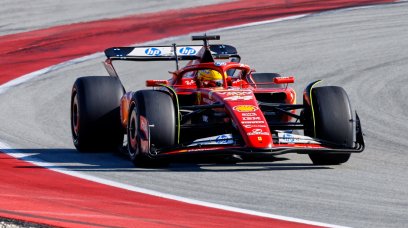
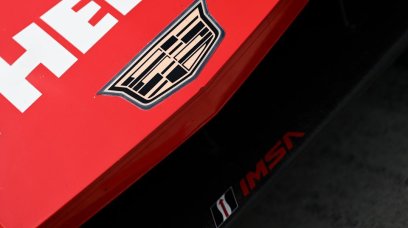

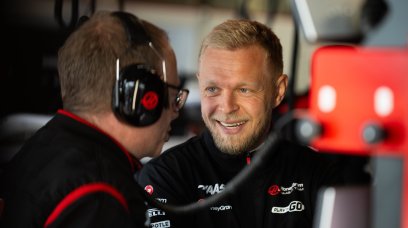












Join the conversation!